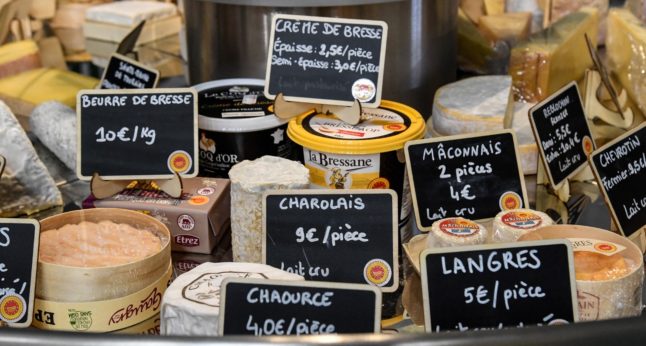Today would have been the 400th birthday of one of the most celebrated French writers of all time.
When the French refer to their native tongue, it is the “language of Molière” – the name of a playwright who remains as central to their culture as Shakespeare in the English-speaking world.
Here’s what you need to know on the life and legacy of France’s most illustrious writer.
A little-known star
Molière, real name Jean-Baptiste Poquelin, left zero trace of his personal life: no journal, correspondence or even notes on his work. The only of his four children to survive to adulthood, lost his manuscripts.
We don’t know the source of his stage-name — which refers to a quarry — nor his date of birth (we have only a baptism certificate, dated January 15, 1622, that was discovered two centuries later in 1820).
As eldest son, he stood to inherit a comfortable living from his father as chief upholsterer and valet to the king, but gave it up to be an actor.
It caused his father much strife: he was forced to buy his son out of prison after his first company, The Illustrious Theatre, fell into debt.
Molière fled Paris at 23, spending the next 13 years with a travelling troupe.
Success on the road won him a return to Paris and a successful audience for the young king, Louis XIV, that earned him a powerful patron even though he faced constant battles with censors.
Despite the myth, he did not quite die on stage, but shortly after a performance — as the hypochondriac character Argan no less — at home on the Rue de Richelieu on February 17, 1673.
World’s oldest theatre company
La Comedie-Francaise was created by King Louis XIV in 1680, seven years after Molière’s death, as a merger between his troupe and another.
The longest-running theatre company in the world, it is known as “La Maison de Molière” and has performed his work every single year since its formation.
Based since 1799 on the Rue de Richelieu, close to the Louvre, it now employs 400 people, including 60 actors, and has a costume department comprising 50,000 items.
Memorable characters
Molière created characters who often take their foibles to extremes, but allow us to laugh at our universal human failings in the process.
Perhaps best-known is Tartuffe, from the play of the same name — a fraud who disguises himself as a priest to convince a naive, wealthy aristocrat into handing him his fortune and daughter’s hand in marriage, even as he chases after his wife.
The play is seen as practically inventing the “comedy of manners” that satirises the moral hypocrisies of high society.
Though Moliere is not thought to have been particularly anti-religious himself, “Tartuffe” scandalised the Catholic Church and became a key text in the anti-clerical movement of the following centuries.
Among other key characters is the money-obsessed Harpagnon, from “The Miser”, who exhorts his servants “not to rub the furniture too hard for fear of wearing it out”.
The hypochondriac Argan from “The Imaginary Invalid” is another eternal character that Moliere used to satirise quacks in the medical profession who exploited people’s fear of death.



 Please whitelist us to continue reading.
Please whitelist us to continue reading.
Member comments